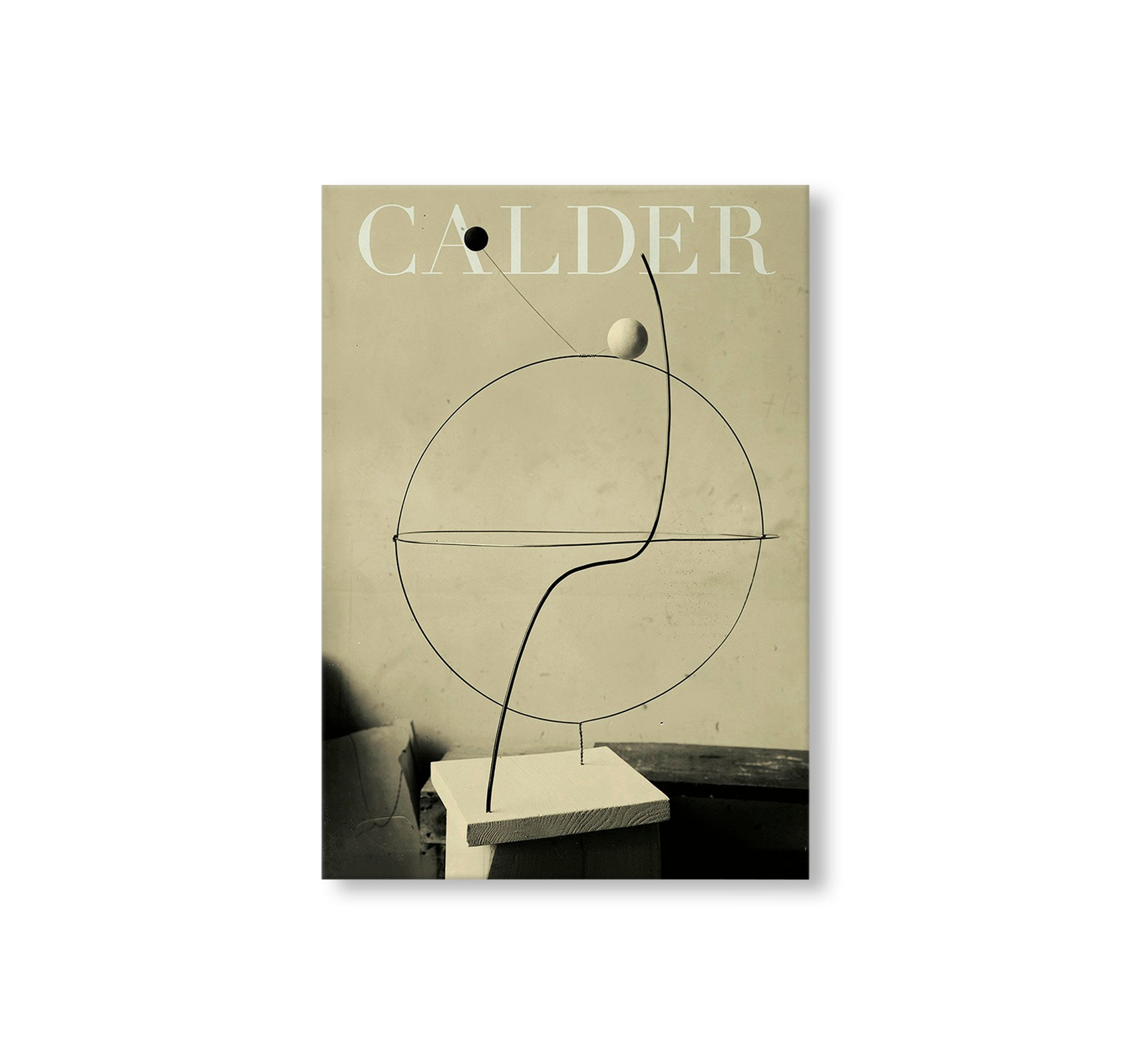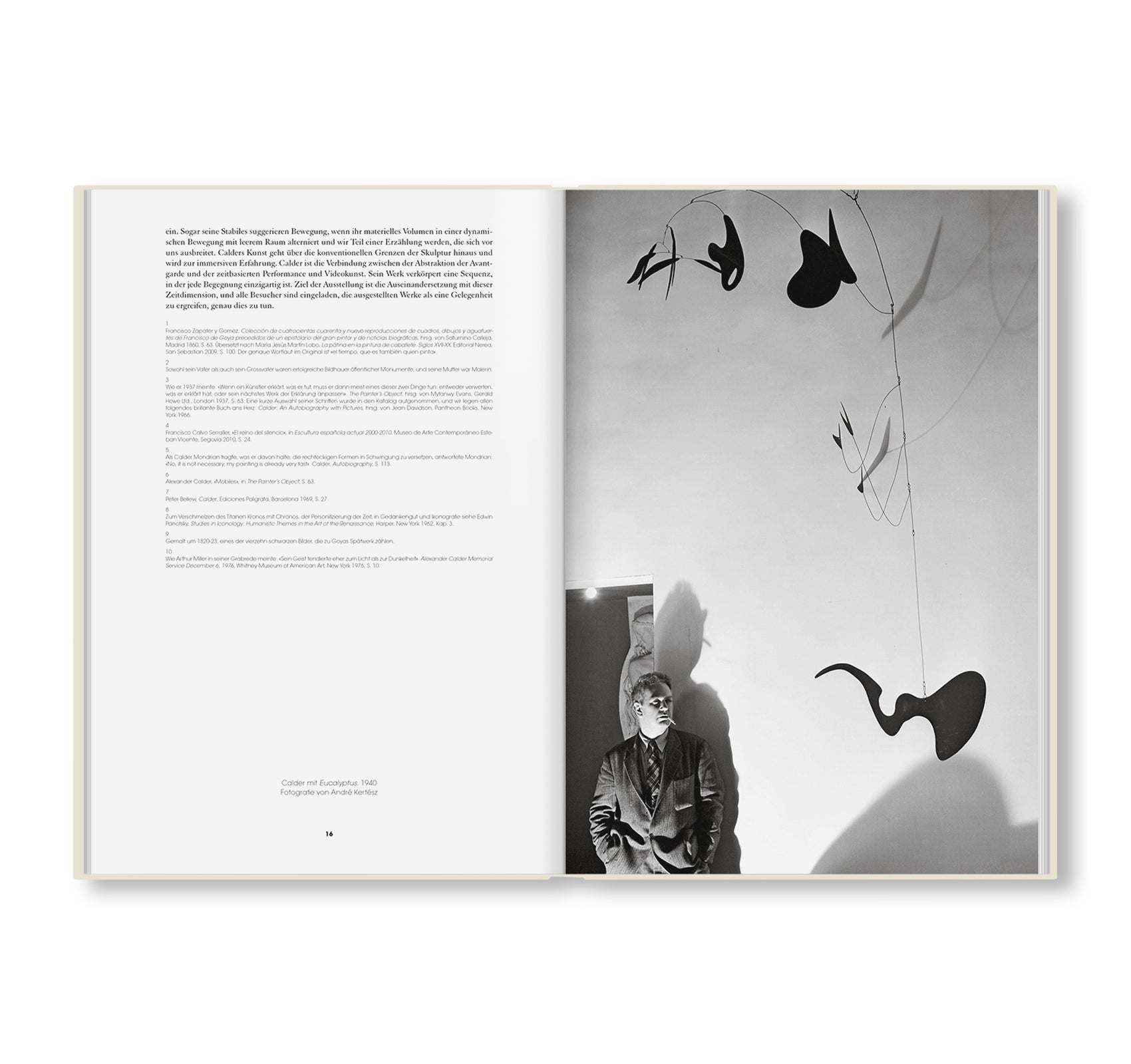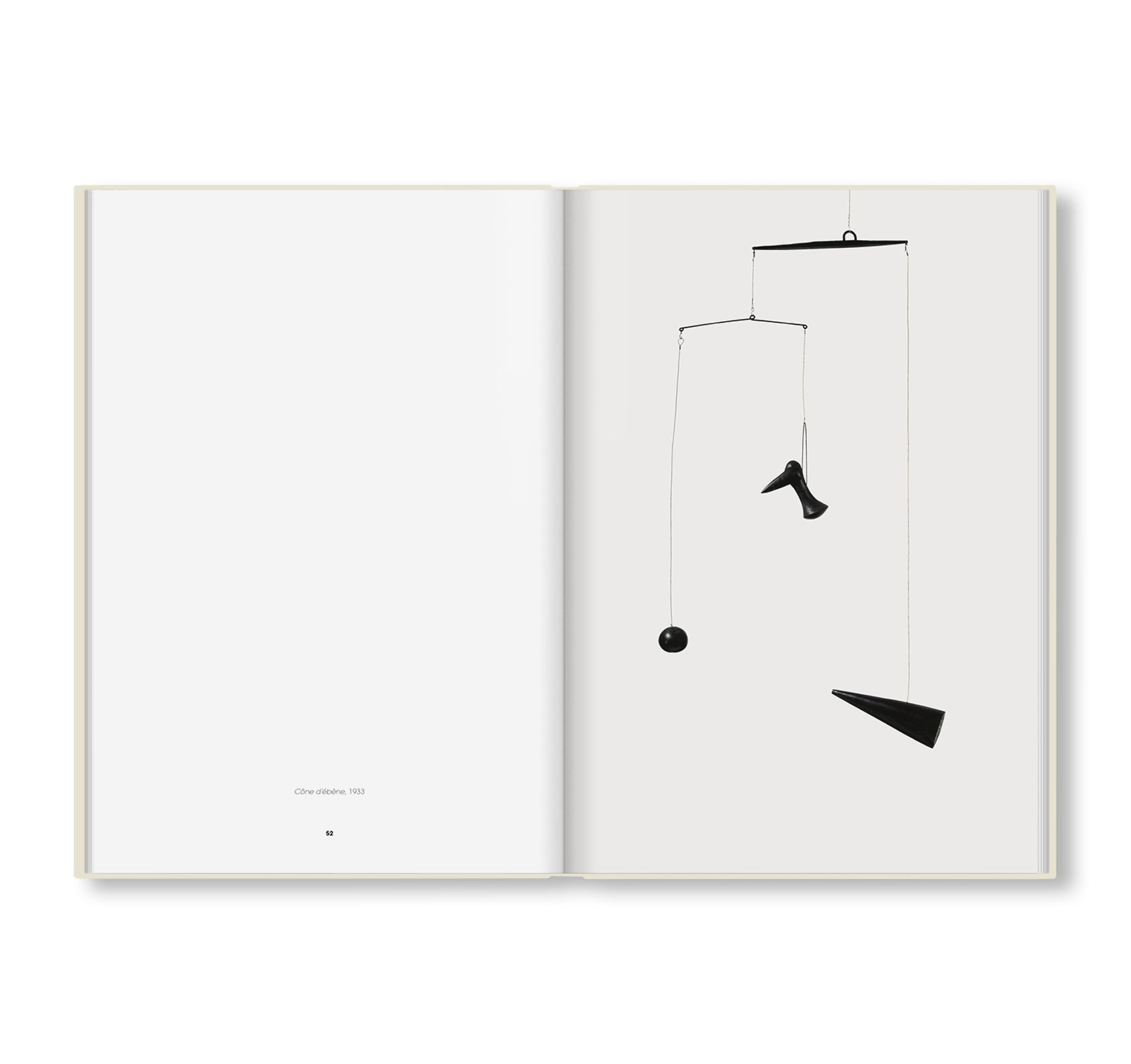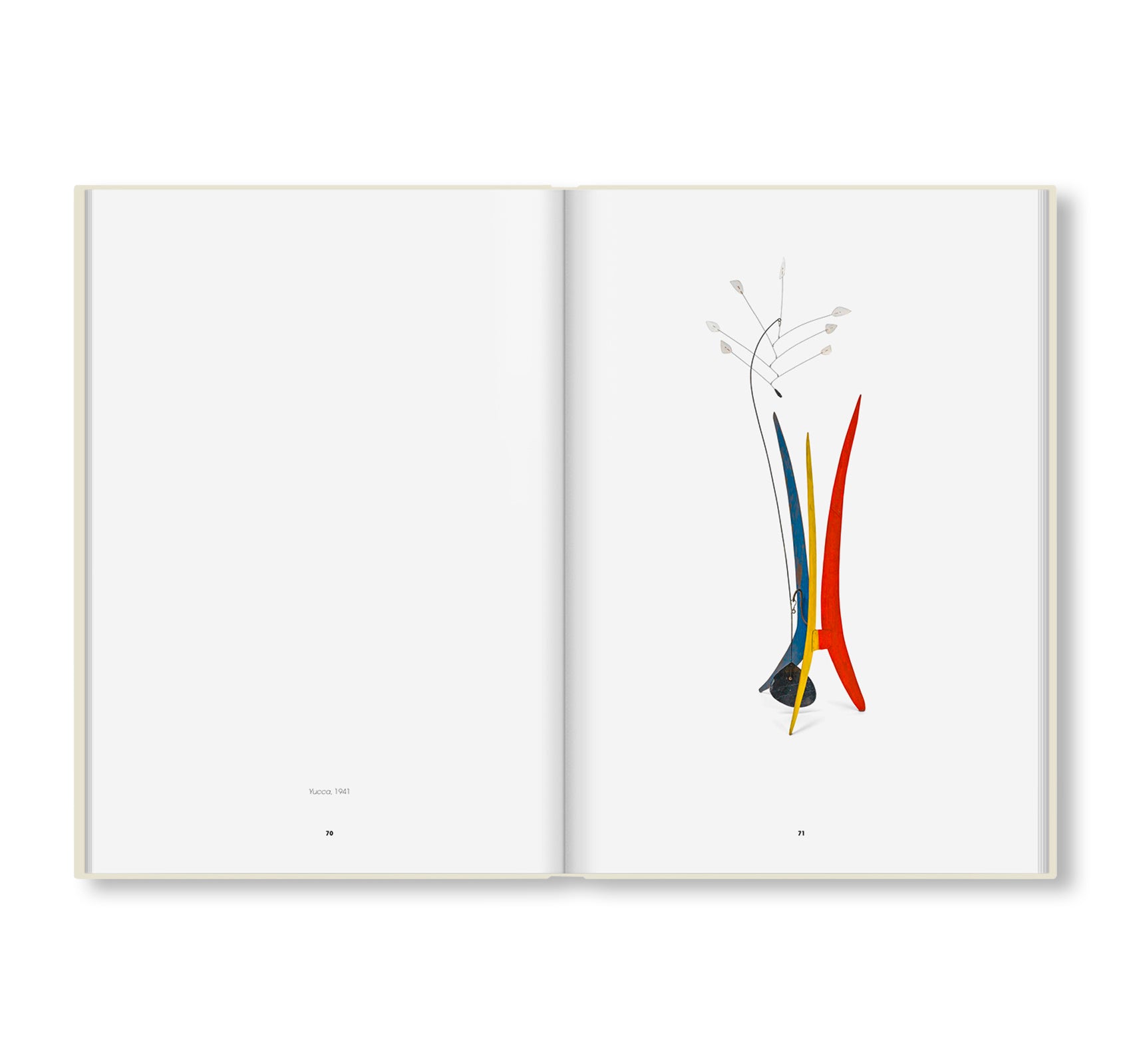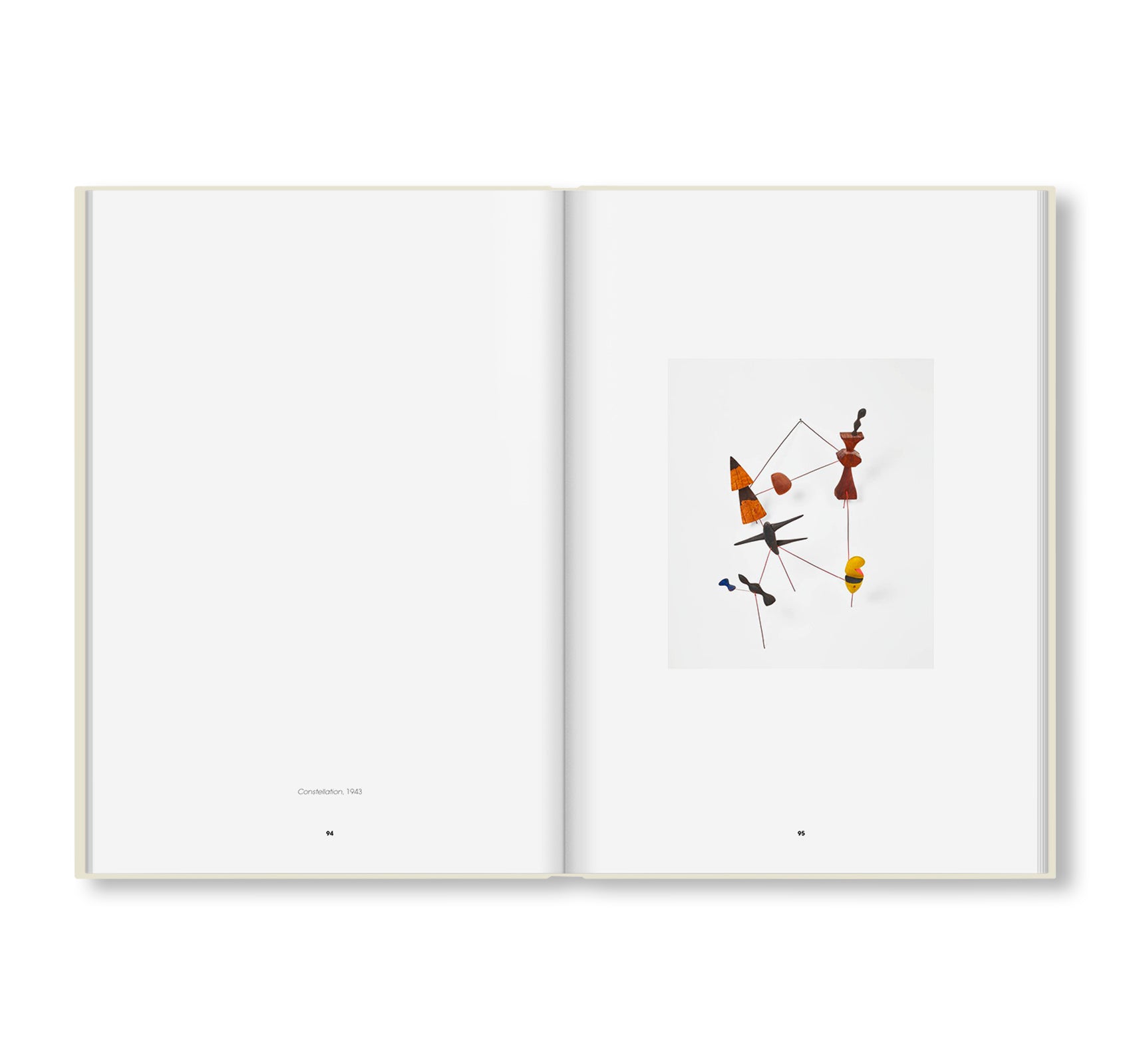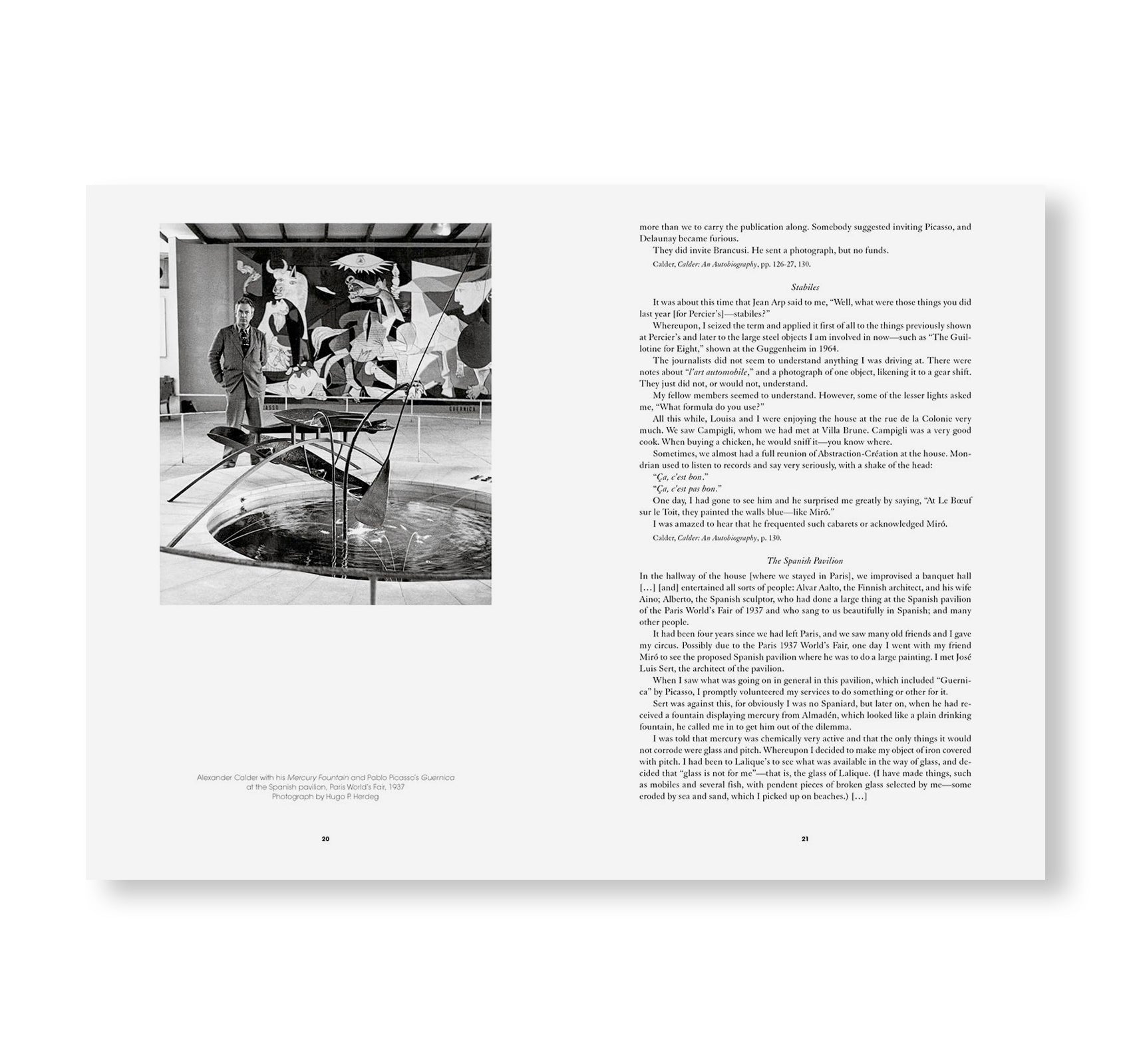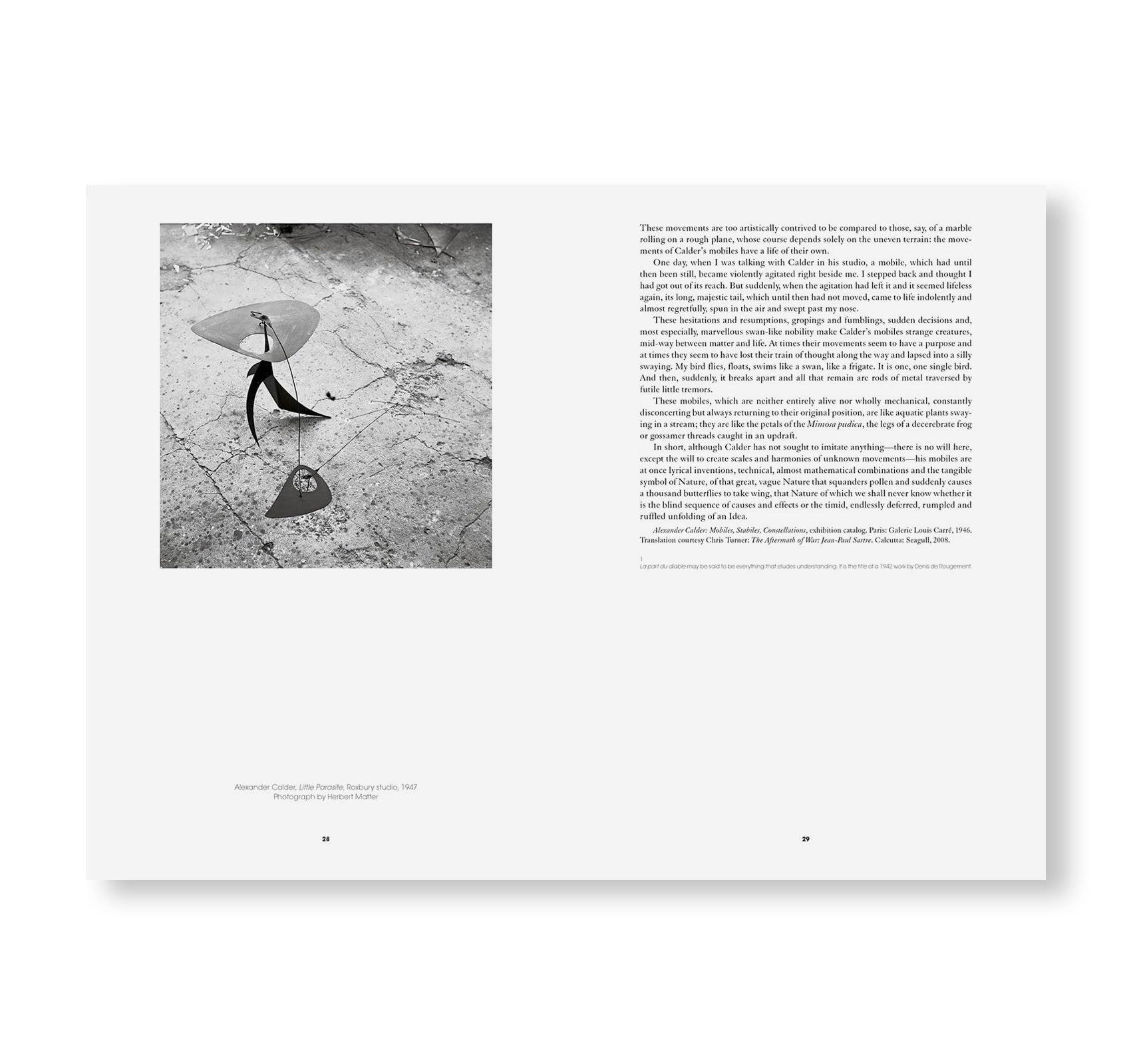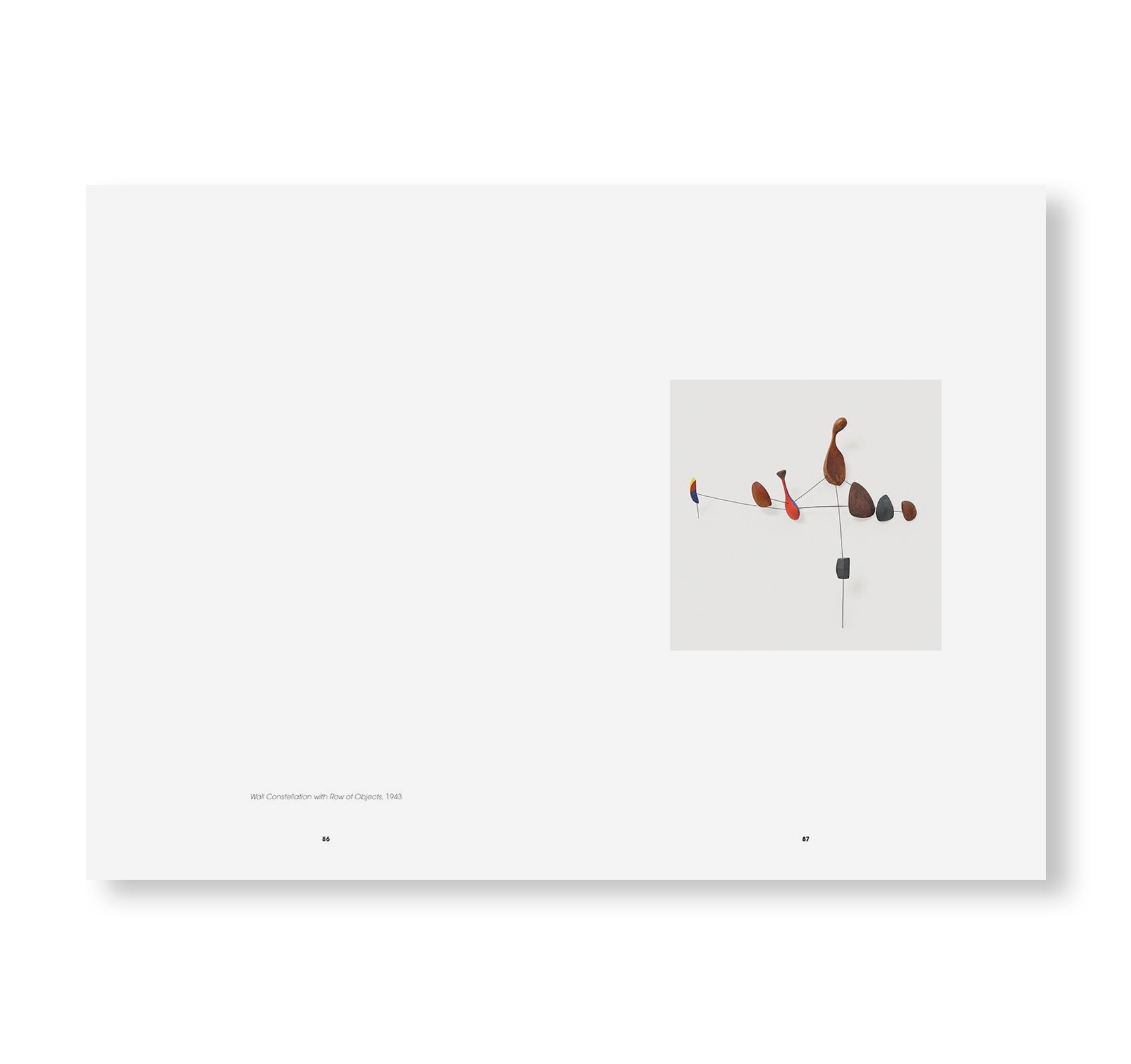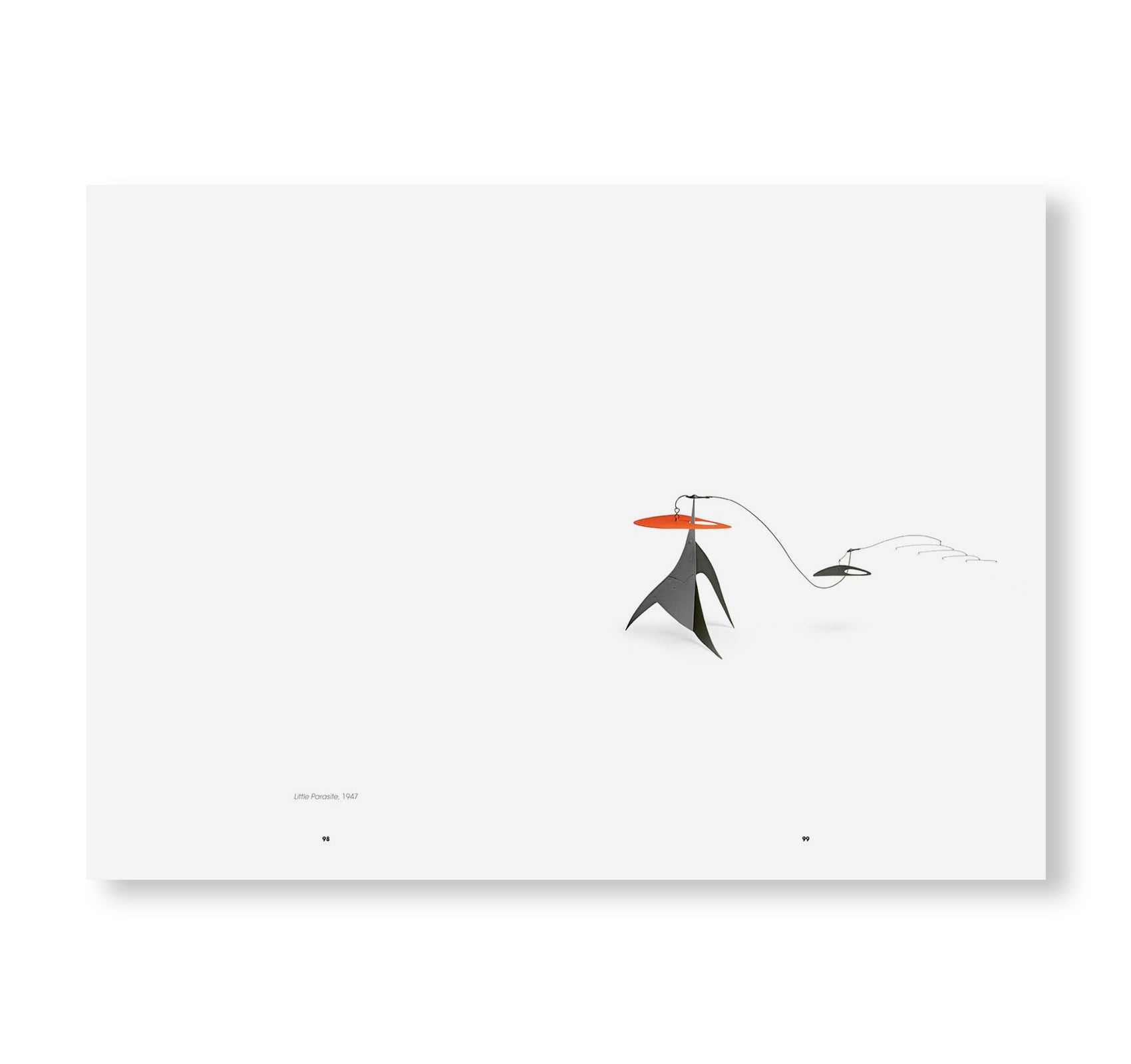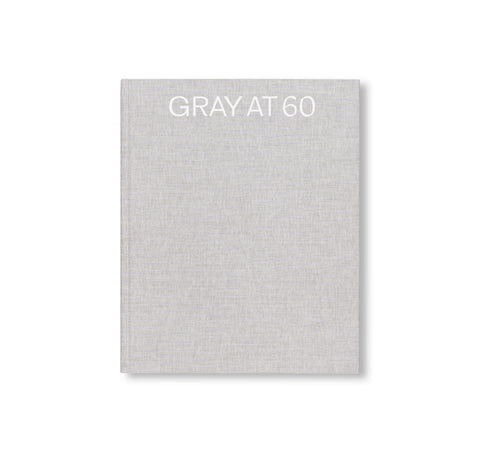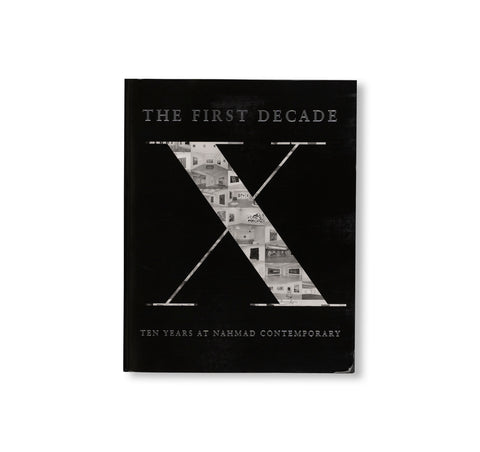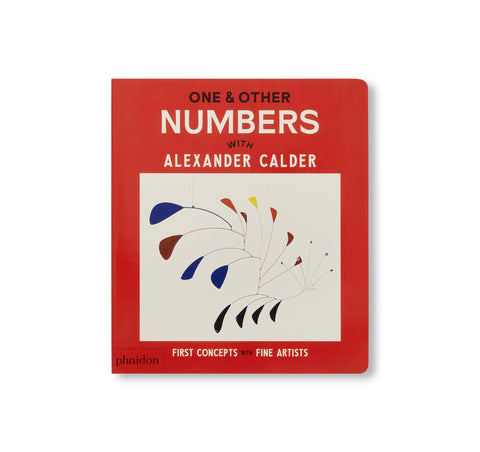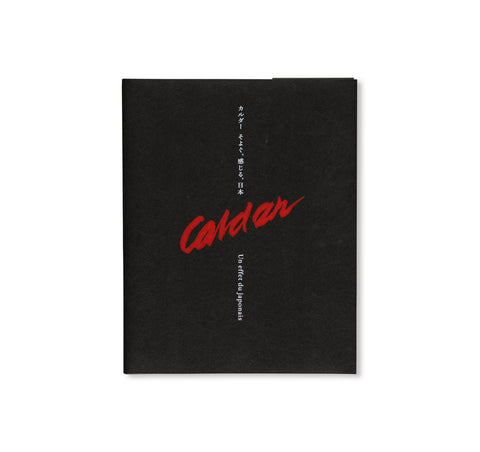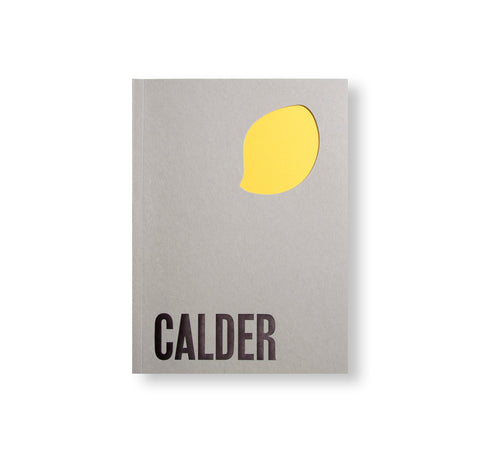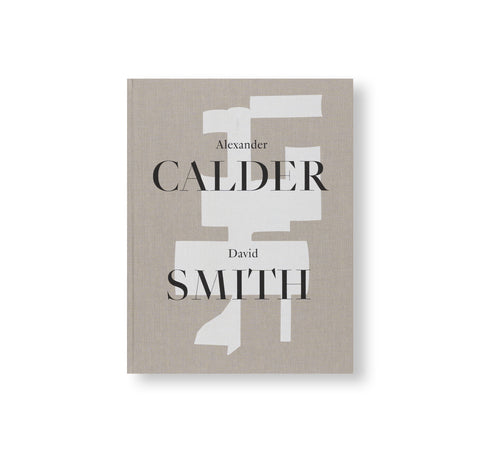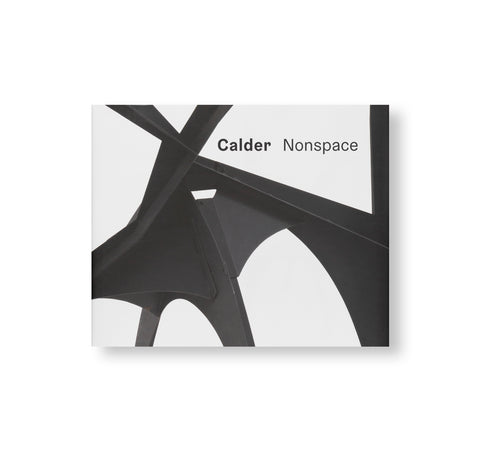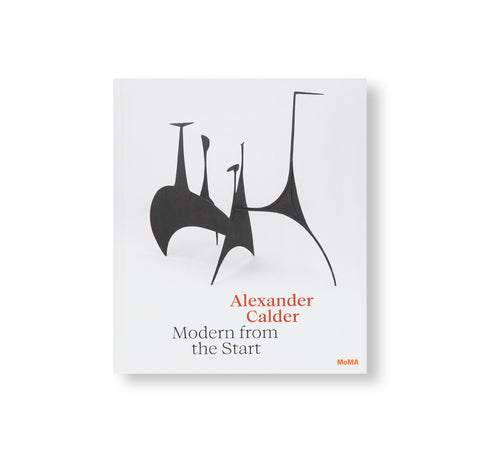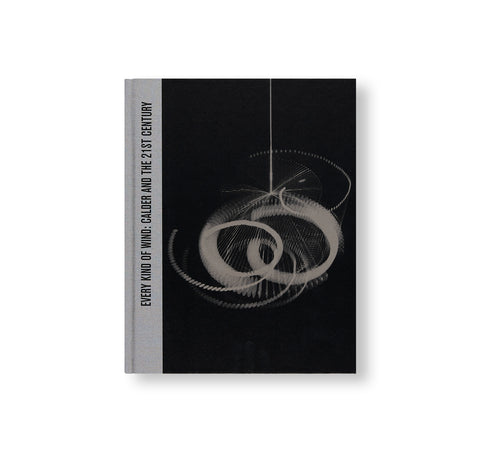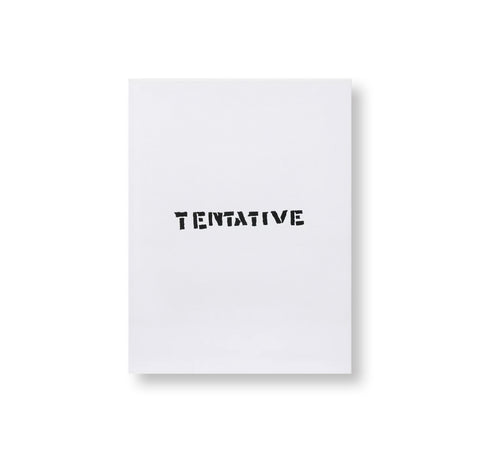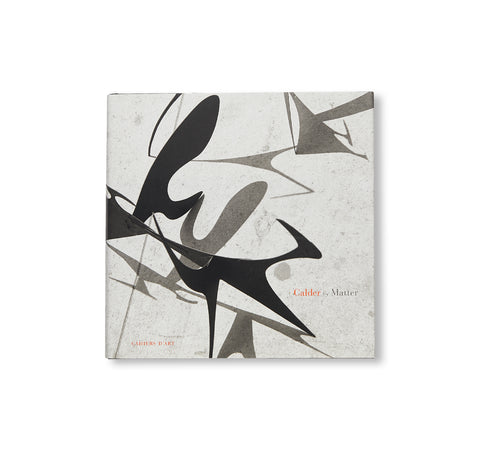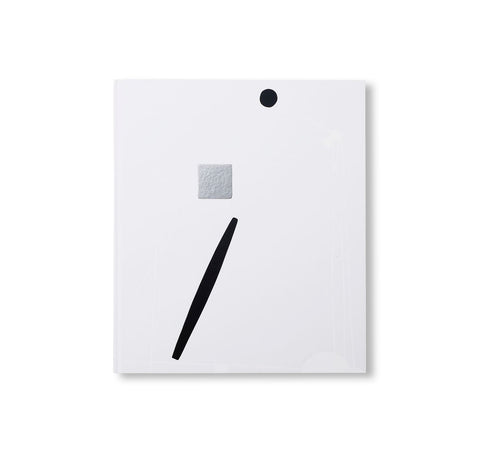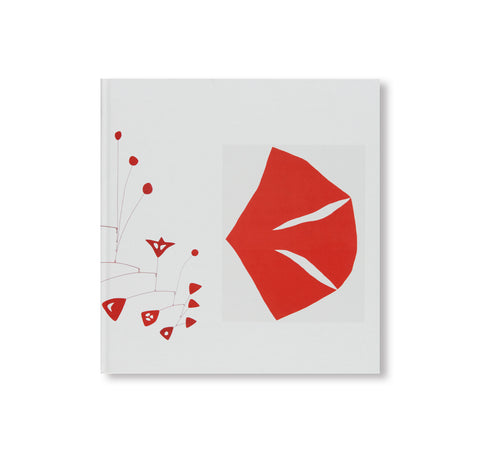CALDER SCULPTING TIME by Alexander Calder
アメリカ人アーティスト、アレクサンダー・コールダー (Alexander Calder)の作品集。2024年5月から6月にかけて、ルガーノの「MASI美術館(MASI Lugano / Museo d'arte della Svizzera italiana)」で開催された展覧会に伴い刊行された。
作者の最も実り多い時期の作品を幅広く取り上げる本書は、秀逸な彫刻実践における時間の役割を強調する。
フランシスコ・ゴヤ(Francisco Goya)は1801年に「時間も絵を描く」と主張した。その200年以上後、今や格言となったこの引用は、我々の芸術作品との関わり方に時間が作用することの参考になる。より概念的な解釈は、時間それ自体が表現媒体である。この最後の解釈から考えると、作者ほどこの概念をよく理解したアーティストはいない。
「Sculpting Time」は作品において時間を、作家の動的な彫刻作品に不可欠な一部であり、そして20世紀の大きな潮流に対する外部要因である表現媒体として探求する。これは第二次世界大戦中、金属板が手に入らなかった際に木材と針金を用いて制作された初期の球体の作品や「Constellations」(1943年にマルセル・デュシャン(Marcel Duchamp)とジェームス・ジョンソン・スウィーニー(James Johnson Sweeney)によって名付けられた用語)を通して最も明らかに例示される。静的な芸術表現に動作を導入することで、作家は時間の経過を示唆する。つまり、時間は彫刻もする。美しい布装丁の本書は畳紙に印刷されており、1930年代から1970年代までの作品の現代的な写真に加え、作家のスタジオのアーカイブ写真を収録している。
A wide-ranging selection of works from Calder’s most prolific period highlights the role of time in his groundbreaking sculptural practice.
Francisco Goya claimed in 1801 that “time also paints.” More than 200 years later, this quote, now turned maxim, could refer to the way in which time modifies how we relate to art. A more conceptual interpretation could also be held where time itself is the medium. Taken in this last interpretation, few artists have understood this notion better than Alexander Calder.
Sculpting Time explores time as a medium in Calder’s work: both as an integral part of his kinetic sculpture and as an external factor vis-à-vis the grand developments of the 20th century. This is best exemplified in his earliest sphériques as well as the Constellations (a term coined by Marcel Duchamp and James Johnson Sweeney in 1943) he created out of wood and wire during World War II, when sheet metal was not available. By introducing motion into a static art form, Calder implies the passage of time; thus, time also sculpts. This handsome clothbound volume, printed on Tatami paper, is filled with contemporary images of works from the 1930s to the 1970s, as well as archival photographs of Calder’s studio.
